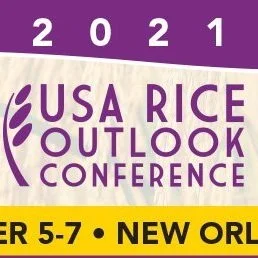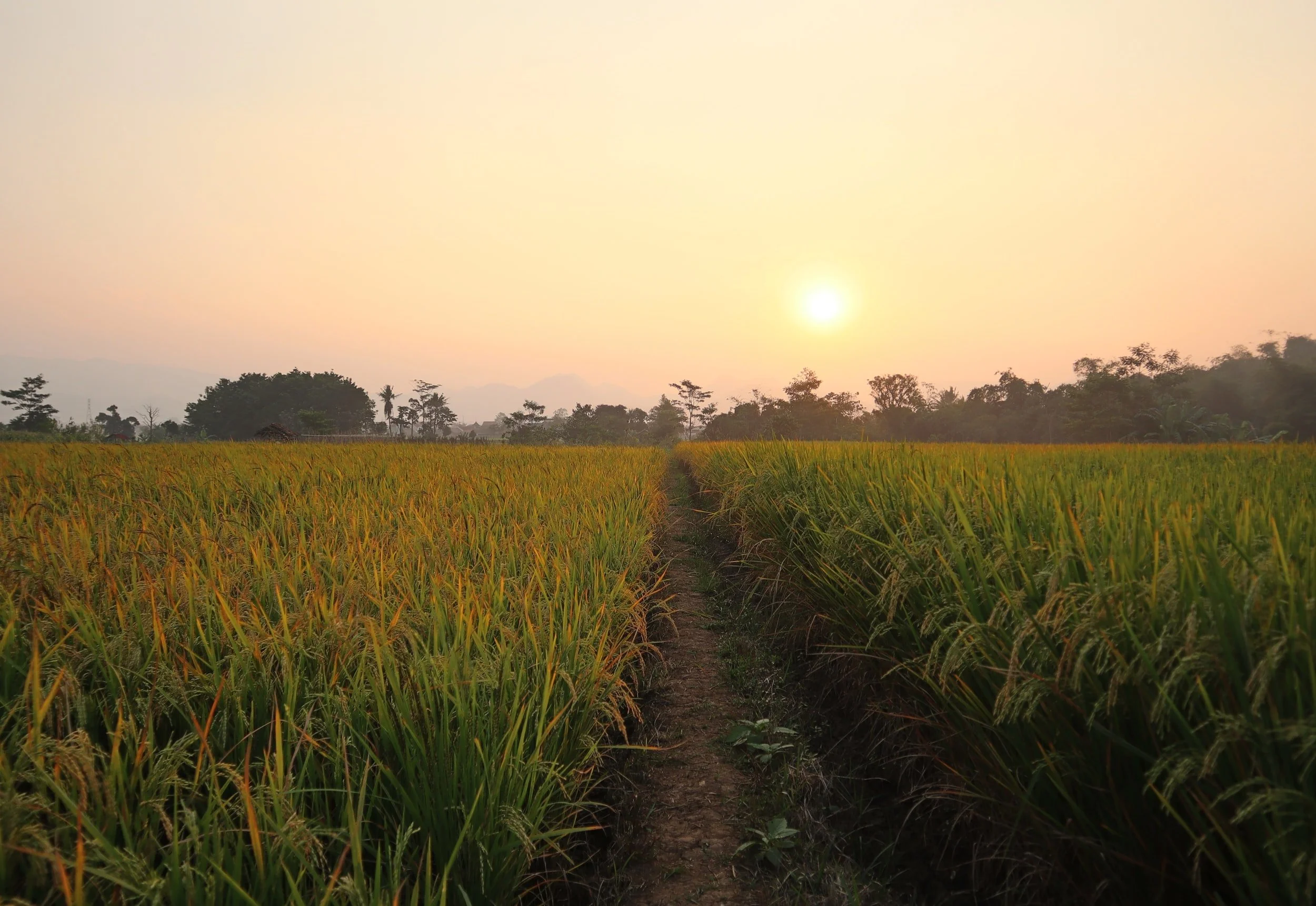Riceland Foods celebrated the farmer-owned cooperative’s 100th anniversary, reported sales of nearly $1 billion and announced a pledge of $100,000 to the Arkansas Future Farmer of America Foundation during the annual meeting held at the Embassy Suites Hotel Thursday.
Read MoreThe outlook for 2021/22 U.S. rice this month is for increased supplies, higher domestic use, lower exports, and larger ending stocks. Supplies are raised as NASS increased rice production by 3.3 million cwt to 193.8 million, all on higher yields. The all rice yield is forecast at a record 7,756 pounds per acre, up 131 pounds from the previous forecast. Record yields are forecast for Arkansas, California, Mississippi, and Missouri.
Read MoreAs with many annual events that were postponed or canceled in 2020, the Yellow Rails and Rice Festival got back on track this year. The festival, in its twelfth year, took place the last weekend in October, and the perfect weather was a bonus as yellow rail enthusiasts gathered to see this elusive little bird in its natural habitat, the rice fields of southwest Louisiana.
Read MoreFor years, showering a newlywed couple with rice was considered a necessary element to the post-ceremony festivities. The practice of showering the bride and groom with rice dates all the way back to Roman times, when the practice was thought to rain abundance and fertility onto the bride and groom (via Our Everyday Life).
Then some misguided bird-lovers got ahold of the notion that raw rice was bad, or even fatal, for our feathered friends.
Read MoreThe in-person 2021 USA Rice Outlook Conference is just over a month away and as always attendees are going to have to prioritize for all the exciting programming being offered.This year’s keynote speaker is award-winning journalist and bestselling author Dan Gardner whose books explore how we think and how we can make better decisions in the face of uncertainty.
Read MoreFabacher Road, which runs west for several miles from La. 91 near Iota is one of the few reminders of the settlement founded in 1871 by the man some claim to be the pioneer of the modern rice industry.
Little remains to mark just where the Fabacher community was, which will make it difficult if you want to look for the fortune supposedly buried there.
Christian Richard is a rice farmer in Vermillion Parish. He says rice farming not only provides Louisiana with a rich economic foundation, but also provides one of the largest habitats for migrating birds every year in fallow rice fields.
“From the southwest Louisiana coastal marshes and prairies, to the central and northeast Louisiana delta, valuable rice fields support an average five million ducks and geese in any given winter. During peak migration events, those numbers can be as much as twice that.
Read MoreLast week, USA Rice formally submitted comments to the Office of the U.S. Trade Representative (USTR) regarding foreign trade barriers to U.S. rice exports. The industry overview is designed to aid the agency in formulating their 2022 National Trade Estimate Report (NTE), which will be published next spring.
Similar to what was submitted last year, USA Rice accounted for priority barriers to trade in 15 overseas markets.
Read MoreAs world leaders met for the Group of 20 Summit this weekend, U.S. and European Union (EU) negotiators worked on the sidelines to reach a deal that lifts the retaliatory tariffs on U.S. products, including milled and broken rice.
Read MoreMichael Frugé is finally reaping what he's sown at J.T. Meleck, his Acadia Parish distillery, as he prepares to release about 1,000 bottles of rice whiskey ahead of the holiday season.
The fourth-generation farmer has high hopes for his new whiskey, which uses rice instead of the more common grains of barely, corn, rye or wheat.
Read MoreThe harvest in Arkansas has rounded its final turn and is all but over the finish line. With less than 10% of the crop to go, the story hasn’t changed much from the beginning. Yields are high, quality is down, and the 15% reduction predicted from the outset looks to be pretty accurate.
In fact, the October Rice Outlook pegs the reduction at just over 16% smaller than last year at 190.5 million cwt. There are reports of damaged rice on barges that were set for the Iraqi vessel, and despite the problems, the vessel has sailed.
Read MoreWe know two things in this world – that rice is a great grain and that the people of Louisiana know how to throw a party. Both points were proven last week during festivities here surrounding the 84th International Rice Festival (IRF) – the largest and oldest (and free) agricultural festival in the state.
After skipping a year because of the pandemic – the only other time IRF missed a year was during World War II – people were ready to celebrate rice! And celebrate they did, converting downtown Crowley into festival central.
Read MoreCentral America continues to be a key rice importing region in the Western Hemisphere. Demand is expected to grow given rising consumption trends for this staple grain. With limited production in most of these countries, imports will remain significant. While the United States is a major rice exporter to the region, South American countries have been formidable competitors, although not this year.
Read MoreLast week, the 2021 fiscal year wrapped up, and with it another banner year for U.S. rice in international food assistance programs. From October 1, 2020, through September 30, 2021, the U.S. rice industry provided more than 148,000 MT of nutritious, high-quality rice to those in need. This is an increase of 20 percent over FY2020, which was also a big year for rice in food aid, with an increase in tonnage of more than 50 percent over the prior year.
Rice was used in 29 different countries and also well-represented across all three international food assistance programs – the U.S. Department of Agriculture’s (USDA) McGovern-Dole Food for Education and Food for Progress, as well as the U.S. Agency for International Development’s (USAID) emergency feeding programs.
Read MoreThe outlook for 2021/22 U.S. rice this month is for reduced supplies, lower domestic use, unchanged exports, and smaller ending stocks. Supplies are reduced on lower projected imports as they more than offset minimally higher production.
Read More














